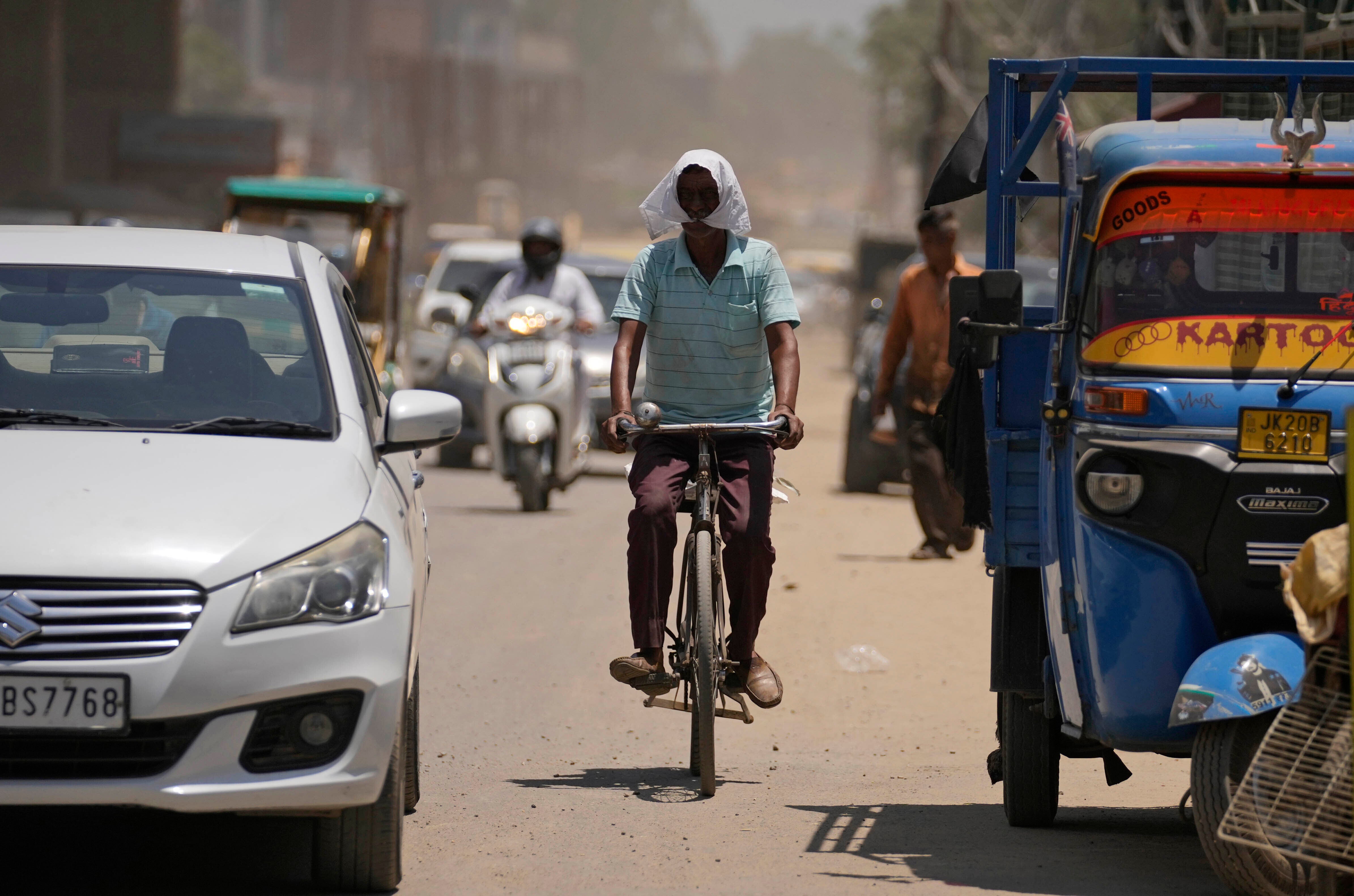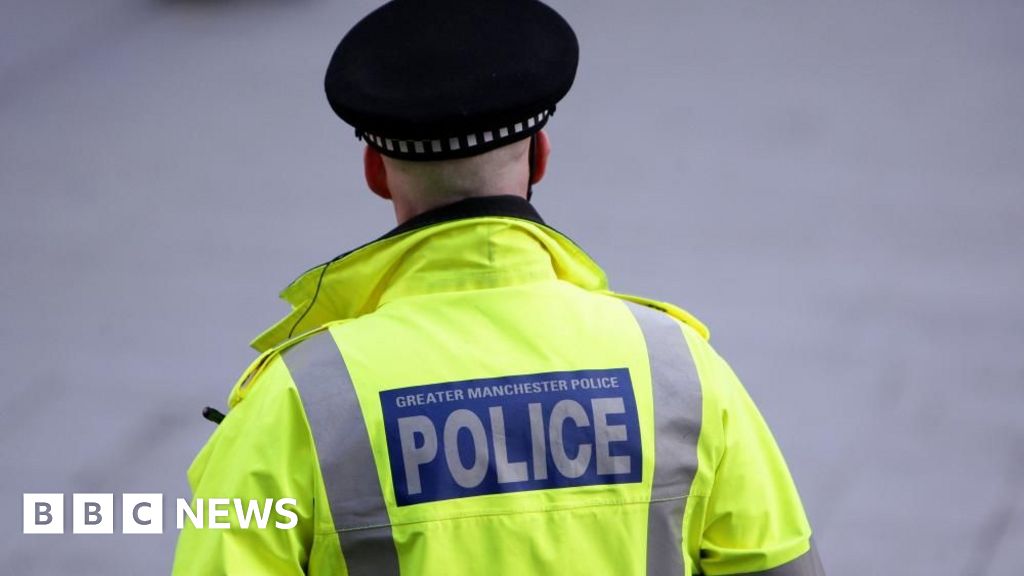Dozens of cities across India have recorded scorching temperatures above 40 degrees Celsius this week, days ahead of the peak summer season and prompting unusually early heatwave alerts in several states.
On Tuesday, 27 weather stations across western parts of the country recorded temperatures above 43C, with at least 19 locations recording severe heatwaves, according to the Indian Meteorological Department (IMD).
Delhi recorded a temperature of 41C at Safdarjung, while Rajasthan’s Barmer hit 46.4C, the highest temperature in the country. Earlier on Sunday, Barmer recorded 45C, the highest in the first week of April there and nearly 7C above normal.
A severe heatwave is defined as temperatures above 45C in at least two weather stations in any given area.
The IMD earlier warned that heatwave conditions would continue across parts of northern, eastern, central, and western India this week, including in Delhi, Rajasthan, Gujarat, Madhya Pradesh, Maharashtra, and Odisha.
A yellow alert is in place in several parts of western India. It means the heat is tolerable for the general public but can cause moderate health concerns for infants, the elderly and people with chronic diseases.
Authorities advised people to avoid heat exposure, wear lightweight and breathable cotton clothing, and cover the head with cloth or an umbrella outdoors.
India’s heatwave season begins from April, but temperatures this time of year are typically several degrees lower. In recent years, though, heatwaves have started as early as February.
The unusually early surge is being linked to slower winds and clearer skies, which allow more solar radiation to heat the surface.
“In the coming days, we will see wind speeds slowing down with clear skies. This naturally leads to a rise in temperature,” Mahesh Palawat, vice president of meteorology and climate change at private forecaster Skymet, told the BBC.

Last month, IMD chief Mrutyunjay Mohapatra said most parts of India would experience an intense heatwave this summer, with above-normal temperatures expected across most of the country.
States like Uttar Pradesh, Jharkhand, Chhattisgarh, and Odisha could see as many as 10 to 11 heatwave days, he cautioned.
The early heatwave also poses a risk to the country’s wheat crop, for the third year in a row.
Last year, when India saw its hottest day ever at 50.5C in Rajasthan, there were over 40,000 suspected cases of heatstroke.
One weather station in Delhi last May recorded a maximum temperature of 52.9C, although the government later said this was due to a sensor error and revised it down by 3C.
Nearly 150 people died due to the heatwave in 2024, according to government data, but independent researchers said the toll was much higher.




